From Trick-or-Treat to Giving Thanks: My November Lesson Plans for ESL Students
Last week in my classroom, everything was about Halloween — trick-or-treating, costumes, and all the fun spooky words that go with it. My students loved learning vocabulary like pumpkin, ghost, and costume, and it was such a joyful way to build language around something exciting and familiar.
Disclaimer: In this blog, the terms ESL students (English as a Second Language), ELLs (English Language Learners), and ML (Multilingual Learners) are used interchangeably. While “Multilingual Learners” is becoming the more widely accepted term, “ESL students” and “English Language Learners” are still commonly used in various contexts. My aim is to be inclusive and clear to all readers, regardless of the terminology they are familiar with.
But as soon as November begins, our focus shifts. My November first week lesson plans center around Thanksgiving — a holiday that, for many of my English learners, doesn’t carry much meaning at first. Still, I always tell my students that Thanksgiving might be the most American of all holidays. It’s a celebration of gratitude, community, and coming together — values that connect deeply with my students’ experiences, no matter where they’re from.
Throughout November, I work to help my students uncover the story behind the holiday — not just the turkey and parades, but the history and human connection. We explore who the Pilgrims and Native Americans were, and how that first Thanksgiving represented helping and learning from one another.
We also look at artwork depicting the first Thanksgiving and unpack it together, noticing what’s happening and who’s there. By the end of the month, my students begin to see themselves in that story — understanding that they, too, are modern pilgrims bringing their traditions, foods, and languages to a new home. Click here to read more about how to make Thanksgiving more inclusive for English language learners.
So how do I build the vocabulary and background knowledge that make this piece of American culture meaningful for my ESL students?
1. Morning Calendar Routine: November ESL Morning Meeting Activities
Our November Digital Morning Meeting Slides help set the tone for the month. Each day, we build our calendar using Pilgrim hat tiles and Mayflower ship tiles, and we talk about what makes November special — the changing weather, shorter days, and the upcoming holiday.
Students also track the weather using cornucopia tiles, which is such a fun way to keep the Thanksgiving theme alive. These small routines provide consistent opportunities for oral language and seasonal vocabulary practice.
2. Building Oral Language and Writing with Picture Prompts: Picture Word Inductive Model for Thanksgiving ESL Lessons
To connect language and meaning, I use Thanksgiving picture prompts with the Picture Word Inductive Model (PWIM). We start with images showing Thanksgiving then and now — families cooking together, the first Thanksgiving gathering, and students label what they see. First, we identify nouns, then add adjectives, and finally work together to build full sentences.
These visual prompts make vocabulary come alive and help students describe what’s happening using complete thoughts. Over time, those sentences grow into short paragraphs and even mini stories. Once we’ve built plenty of oral language and vocabulary together, students move to their writing pages to label, trace, and write their own Thanksgiving stories using a variety of themed picture prompts.
It’s a simple but powerful way to bridge oral language and writing development, especially for English learners who need that strong visual and structured support to connect ideas to words.
3. Building Vocabulary and Grammar Through Thanksgiving “Who, What, Where” Sentence Activities
Another favorite part of my November ESL lesson plans is our Build a Sentence routine. These Thanksgiving-themed ESL vocabulary and grammar activities give my students daily opportunities to practice language patterns in context.
I use a set of visual “Who, What, Where” Thanksgiving cards that show both modern and historical scenes — families cooking together, children watching a parade, or Pilgrims sharing a meal with Native Americans. We start by identifying key Thanksgiving vocabulary words and talking about what’s happening in each picture.
Then, we move into grammar. Early in the month, I focus on the present continuous tense to describe actions happening right now. Once students are confident using present continuous, we revisit the same images to introduce the past simple tense, highlighting regular and irregular verbs to talk about actions that already happened: “The Pilgrims cooked dinner” and “They shared food with their friends.”
This pattern helps students clearly see how verb tenses change meaning, while reinforcing sentence structure and vocabulary. We practice speaking these sentences together before students write their own, and I love seeing how their confidence grows as they hear themselves using academic English naturally.
The Build a Sentence activity is quick, visual, and easy to differentiate. It’s one of those small but powerful routines that blend grammar, vocabulary, and oral language development seamlessly — and the Thanksgiving theme makes it even more engaging.
4. Research About My Country and Immigration Project: ESL Thanksgiving Writing and Social Studies Connection
As the month goes on, I begin connecting Thanksgiving’s themes of migration and gratitude to my students’ own stories. This is where our “All About My Country and Immigration” project fits in perfectly. It’s a writing and research unit that lets students celebrate who they are while practicing academic English.
We begin by exploring maps and flags — locating each student’s country, identifying continents, and describing landforms and natural resources. These activities tie in beautifully with social studies standards while building rich, academic vocabulary. Then, we shift toward writing: All About My Country, My Customs and Traditions, and finally My Immigration Story.
Each student works at their own level — newcomers use visuals, labeled word banks, and sentence starters; intermediate learners add details with adjectives and conjunctions; advanced students expand into full paragraphs. We read short texts about immigration then and now, compare experiences, and even write simple immigration poems to reflect on our journeys.
One of my favorite activities is the Immigration Vocabulary Suitcase Craft — students “pack” the new words they’ve learned, from journey and tradition to heritage and gratitude. It’s such a powerful way to connect their own identities to the bigger themes of movement, belonging, and thankfulness.
By the end of November, the walls of our classroom are filled with stories, flags, and poems that tell a beautiful truth — Thanksgiving isn’t just an American story. It’s a human one. My students begin to see that their own journeys, their families, and their traditions are part of what makes this country what it is. They learn that they, too, are part of the story of gratitude, growth, and coming together.
Want more first-day ESL tips, crafts, and classroom culture ideas? Sign up for my email list.
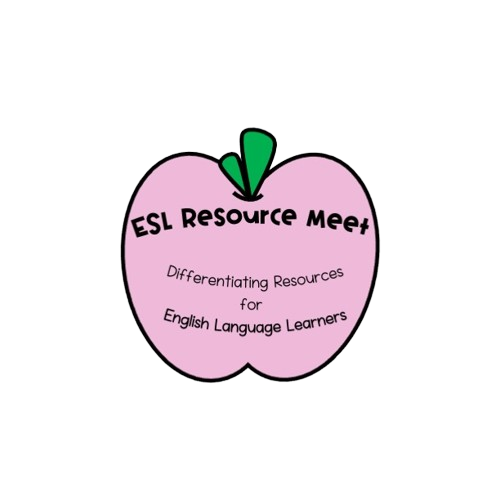













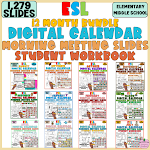


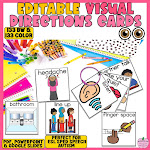





































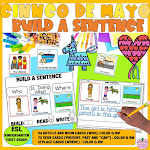












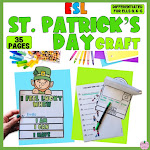
















































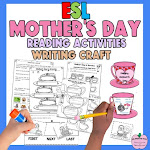
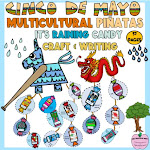

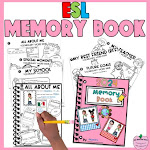




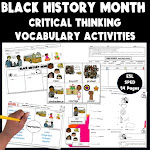

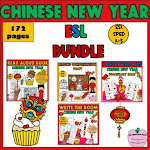

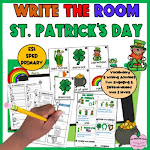
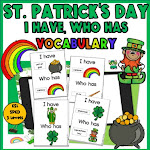
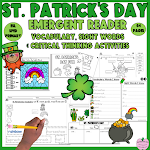



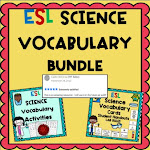




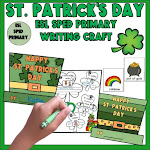

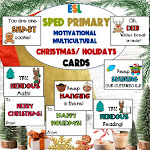
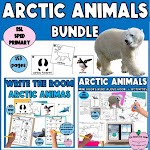


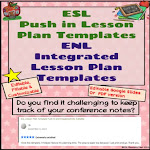




0 Comments